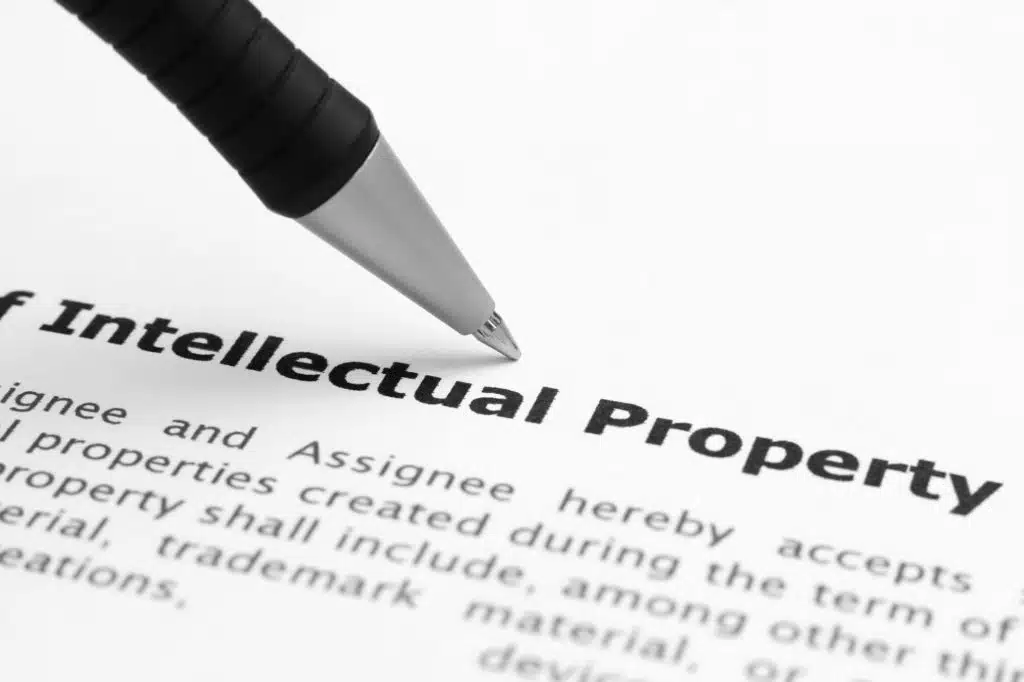Introduction
When you provide a loan, you may wish to have the borrower provide you with some form of security in order to protect your investment. Specific Security Agreements (SSAs) are vital tools in commercial transactions that allow lenders to secure their interests and investment.
SSAs are able to define the types of collateral that a borrower can pledge to a lender and provide a clear framework on when this collateral can be called upon to protect the lender’s interests.
Different types of collateral can be provided for in an SSA. This may include tangible assets such as equipment, property and inventory, or it can include intangible assets such as intellectual property.
Understanding the nuances of SSAs and the types of collateral that can be provided is essential for businesses and individuals who wish to safeguard their investments.
This article will break down the nature of an SSA and the different types of collateral that can be provided.

Specific Security Agreements
In 2009, the Personal Property Securities Act 2009 (Cth) (‘PPSA’) was enacted to establish a uniform regime across Australia for securing finance with personal property.
The PPSA introduced SSAs as a new class of security agreement.
Prior to this legislation, lenders would enter into a wide range of security agreements, including General Security Agreements, with borrowers that would grant them a security interest over all present and future assets of the borrower.
In comparison, a SSA allows a lender to obtain a security interest over a specific asset such as a lease or shares in a company.
- Parties. Names and address of each party including the debtor (the borrower) and the secured party (the lender).
- A description of the collateral. The SSA must specifically describe the property that is subject to the security interest. This may be a tangible asset such as property and equipment or an intangible asset such as intellectual property.
- Obligations. The SSA will need to specify the loan or obligations that are being secured with the security interest. This will include the amount of the loan, payment schedules or actions required to be taken by the debtor.
- Grant of the security interest. The SSA must include a provision stating that the debtor (borrower) agrees to grant a security interest in the collateral and acknowledges that the secured party (lender) will have a legal right to claim the collateral where there is a default.
- Events of default. Events of default are the situations where the debtor (borrower) is in breach of the SSA, such as where they have failed to make payment or failed to take the requisite actions. This provision will also detail what actions the secured party (lender) can take when a default occurs, such as taking possession of the collateral.
- Perfection of the security interest. This provision will specify how the security interest is to be perfected, meaning how it is to be made enforceable against other third parties. This typically will be by registering the security interest on the Personal Property Securities Register (‘PPSR’).

Personal Property Securities Register
Once a SSA is executed, the agreement must be registered with on the PPSR.
The PPSR is the official governmental register of security interests held in Australia. It allows individuals and businesses to register their security interests on personal property which can be accessed by the public. It is used to protect the rights and interests of the secured party in relation to the personal property.
Additionally, a benefit of the PPSR is that lenders can determine whether any other security interests are registered before agreeing to enter into a SSA.
Types of Collateral
There are a variety of different types of collateral that may be used to grant a security interest under a SSA. As mentioned above, this can include both tangible and intangible assets.
Common types of collateral used includes:
- Shares in a company;
- Book debts;
- Accounts receivable;
- Equipment;
- Vehicles;
- Inventory;
- Property – including real estate secured through a mortgage or rights under a lease; and
- Intellectual property – including trade marks and patents.

Conclusion
Specific Security Agreements are crucial tools for lenders seeking to protect their investments and interests in commercial transactions. SSAs provide a structured and transparent framework that makes it clear what each parties’ obligations are.
No matter what type of collateral is being secured, understanding the need for a SSA is crucial for businesses and individuals seeking to mitigate risk in commercial transactions.
The information in this article is for general purposes only and you should obtain professional advice relevant to your specific circumstances.
Get in touch
If you or someone you know wants more information or needs help or advice in relation to a specific security agreement, please contact us.
Related Resources
Contracts
Relying on ChatGPT For Contracts: A Risky Legal Move
This article will explore the risks involved with having ChatGPT create contracts for you and why using a lawyer should be the preferred method.
Read moreContracts
Do-It-Yourself business contracts – what could go wrong?
Contracts are fundamental to the operations of a business and set out the reciprocal promises made between parties to a commercial transaction. It is virtually impossible to do business without some type of a business contract. Over time, your business needs are likely to grow, and a range of negotiations...
Read more



